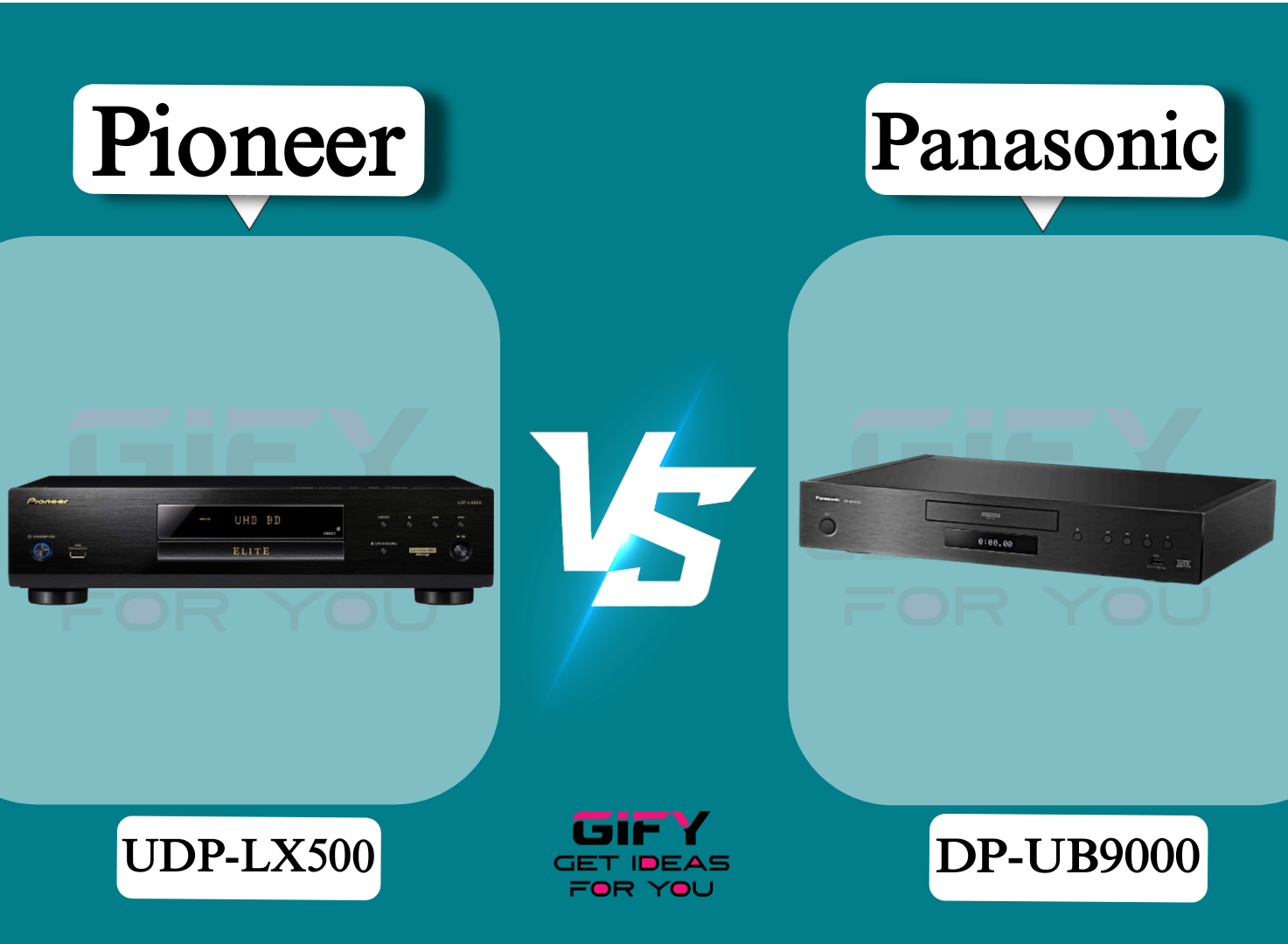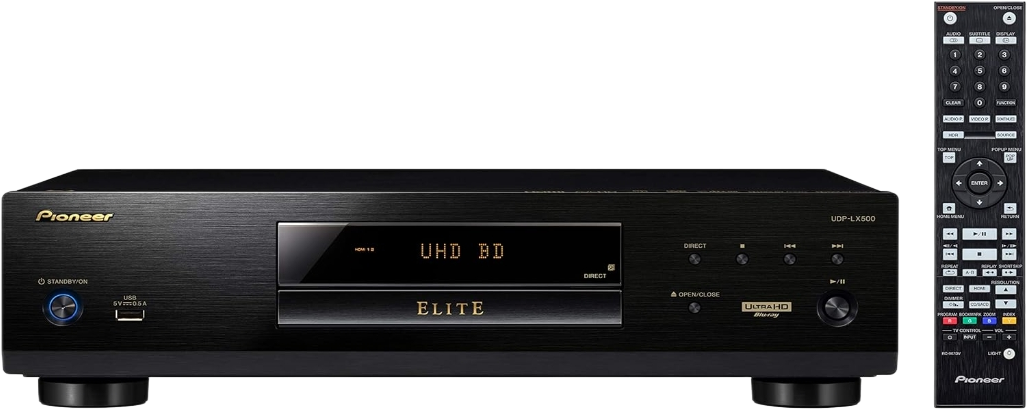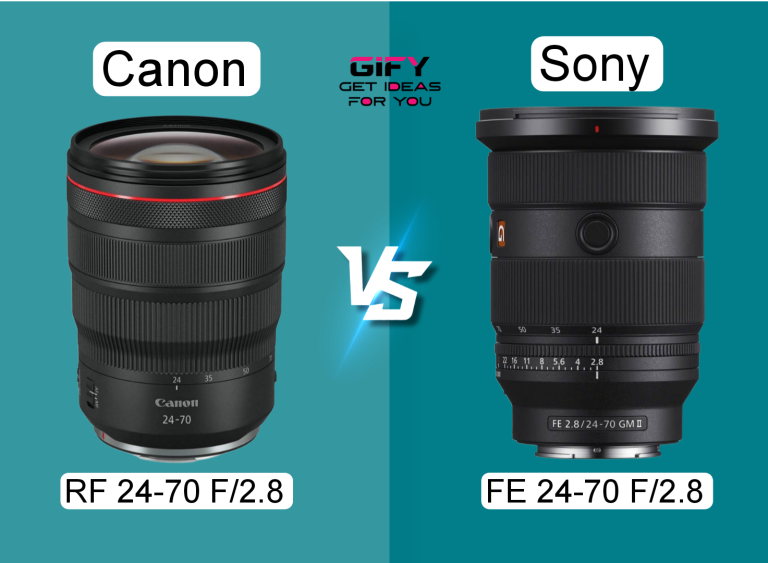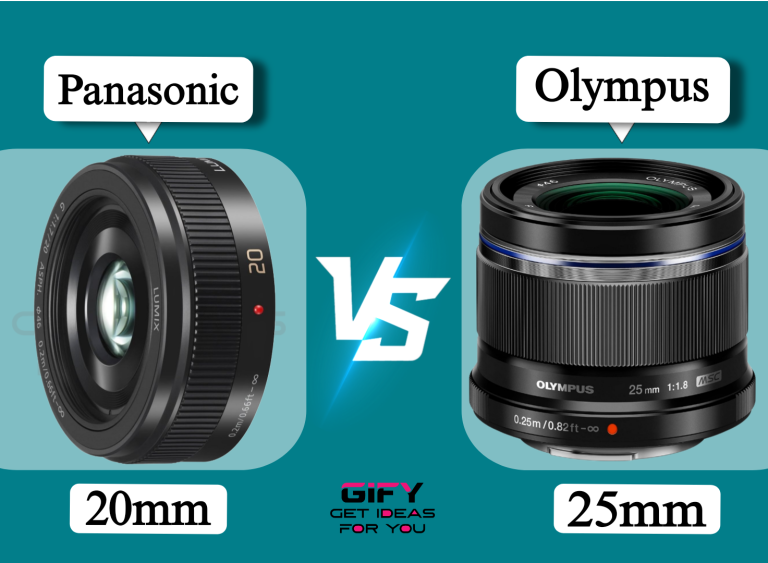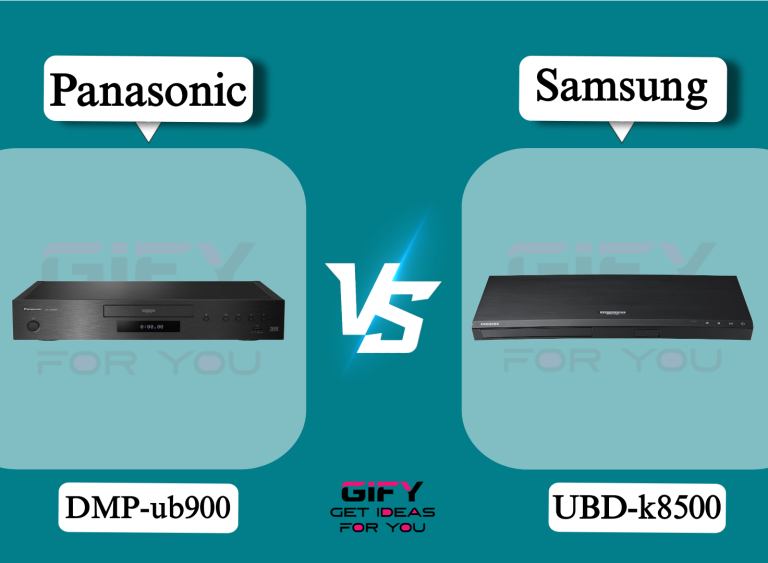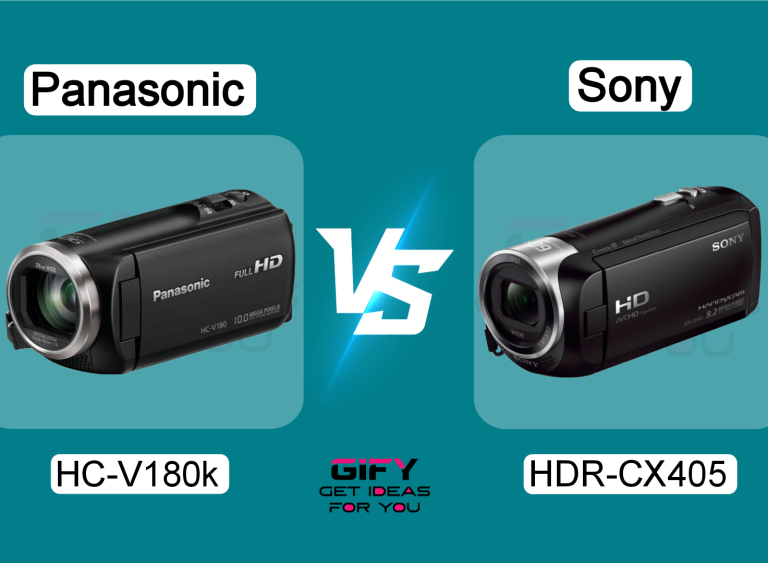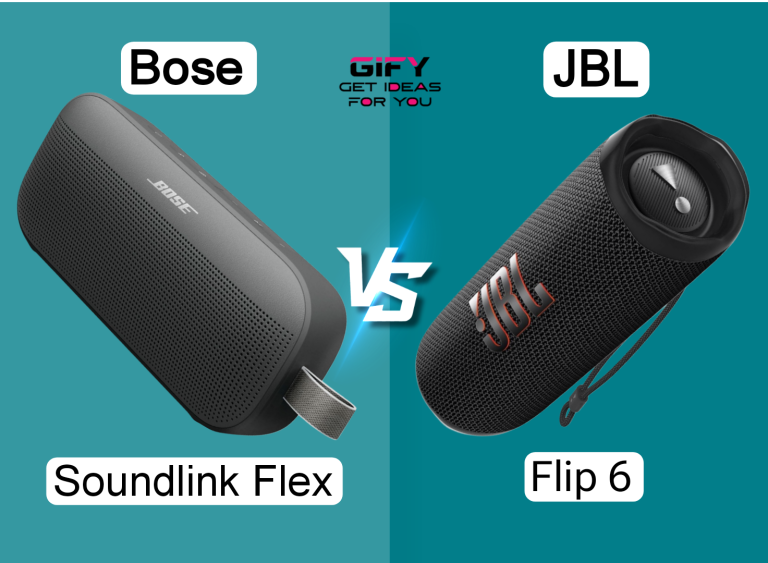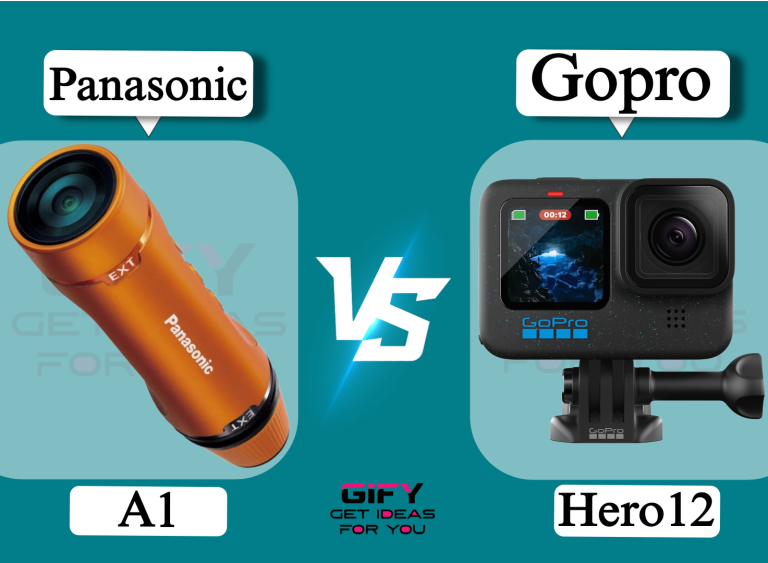Pioneer UDP-LX500 vs Panasonic DP-UB9000 sets the stage for a thrilling clash between two premium 4K Blu-ray players designed for true home theater enthusiasts.
Both models deliver uncompromising video quality, reference-grade audio, and robust build standards that cater to cinephiles who demand nothing less than perfection.
Each player brings its own philosophy to high-end playback, making this comparison essential for those seeking the best addition to their entertainment setup.
Pioneer UDP-LX500 focuses on purity in design, offering precise picture clarity, meticulous sound engineering, and solid construction that feels built to last. Panasonic DP-UB9000 enters with advanced HDR processing, Dolby Vision,
and industry-leading tone mapping that elevates visuals to cinematic brilliance. The real excitement begins once you explore how these flagship models stack against each other in terms of usability, performance, and value.
Pioneer UDP-LX500 vs Panasonic DP-UB9000 is not just a debate about features; it reflects the choice between two different approaches to experiencing movies at their highest quality.
For those craving sharp detail, immersive sound, and reliability, this head-to-head comparison will uncover strengths, highlight differences, and help enthusiasts discover which powerhouse aligns perfectly with their home theater vision.
Pioneer UDP-LX500 vs Panasonic DP-UB9000: Disc Player.
Pioneer UDP-LX500 vs Panasonic DP-UB9000 is a debate among serious home theater lovers. Both players are built for people who demand high-quality sound, sharp visuals,
and strong construction. These machines are not simple Blu-ray players. They are built as reference-class models that deliver cinema-like experiences inside your living room. Each brand has its own design style, unique features,
and strengths that make the decision more complex. This article takes a closer look at both models, explains their details, highlights what is good and bad, and finally compares them side by side to make your choice easier.
Pioneer UDP-LX500 : Universal Disc Player.
Product Details
The Pioneer UDP-LX500 is an Ultra HD Blu-ray player made for premium performance. It supports Ultra HD Blu-ray playback and has a special three-block internal layout.
This design separates the power supply, drive and digital processing, and analog audio sections to keep noise low and improve clarity. The main circuit board has six layers, which improves the signal-to-noise ratio.
Sound lovers will enjoy PQLS jitter-less sound transmission, which gives smooth and accurate audio. Pioneer backs this elite product with a strong three-year parts and labor warranty, giving peace of mind to buyers.
Features
The Pioneer UDP-LX500 delivers accurate video playback with deep contrast and clean colors. Its build quality is strong and stable, which reduces vibration and distortion.
PQLS ensures that audio streams smoothly without jitter, making movie soundtracks and music playback rich and detailed. The layered board construction helps keep signals pure.
It may not have smart features like voice control, but it focuses on core performance. That makes it stand out for serious audio-video fans.
What is the Good?
The player gives excellent build quality and reliable playback. It has strong video performance with natural colors and clean details.
The jitter-less audio system delivers accurate sound for both movies and music. Long-term warranty adds confidence for users. Fans of physical media and audiophiles value its focus on core performance over extras.
What is the Bad?
The Pioneer UDP-LX500 does not support every HDR format available on the market. It also lacks smart connectivity features such as Alexa or Google Assistant control.
Compared to its rivals, it looks less modern in terms of convenience features. The price may also feel high considering the fewer extras.
Overall Opinion
The Pioneer UDP-LX500 is made for people who want reliability, pure playback quality, and strong construction. It avoids unnecessary features and focuses on the basics of
sound and video performance. Buyers who want a reference player with a classic design and a long warranty will find this model very appealing.
Panasonic DP-UB9000 : 4K Ultra HD Blu-ray Player.
Product Details
The Panasonic DP-UB9000 is a reference-class Ultra HD 4K Blu-ray player designed for the ultimate home theater experience. It supports HDR playback across multiple formats including HDR10, HDR10+, Dolby Vision, and HLG.
This wide support ensures compatibility with most displays and gives lifelike colors and brightness. Its HCX processor, developed with Hollywood expertise, delivers cinema-worthy pictures. Audio circuits include high-performance DACs,
balanced XLR outputs, and dedicated power supplies for pure sound. The chassis is alumite-treated aluminum, built to reduce vibration with a lower center of gravity. It also connects easily with twin HDMI ports, 7.1 channel outputs,
and both optical and coaxial audio options. Voice control works through Alexa and Google Assistant for easy use.
Features
The Panasonic DP-UB9000 offers cutting-edge video technology with HDR formats and tone mapping. The HCX processor provides detailed images with accurate colors. Audio performance is enhanced with an ESS 32-bit/768kHz DAC.
The player offers flexible connectivity for advanced home theater setups. It also includes smart features, such as voice assistant support. Build quality is premium with a rigid chassis that reduces unwanted vibration.
What is the Good?
The DP-UB9000 delivers stunning video quality across all HDR formats. Audio output is reference level with support for balanced connections.
The build is solid and designed to reduce vibration. Wide connectivity makes it flexible for different setups. Smart control with Alexa and Google Assistant adds convenience.
What is the Bad?
The price of the Panasonic DP-UB9000 is high, making it less suitable for casual users. Its weight and size are larger than most players, which may not fit small entertainment spaces. While voice features are helpful, not everyone may find them necessary. Some users may feel the interface could be simpler.
Overall Opinion
The Panasonic DP-UB9000 is built for people who want both advanced features and high performance. It covers every HDR format, provides theater-quality visuals,
and delivers strong audio. With multiple outputs and smart connectivity, it feels modern and versatile. For those who want a top-tier machine that covers all angles, this is a strong choice.
Detailed Comparison : Pioneer UDP-LX500 vs Panasonic DP-UB9000.
Pioneer UDP-LX500 vs Panasonic DP-UB9000 is a close fight between two strong Blu-ray players. Pioneer focuses on simplicity, strong construction, and reliable playback.
Its audio system with jitter-less transmission appeals to audiophiles. Panasonic, on the other hand, pushes modern features with full HDR support, HCX processing, and smart connectivity.
Panasonic offers more versatility and advanced functions, while Pioneer delivers stability and long warranty support. Buyers who want pure playback without extras may lean toward Pioneer.
Those who want every feature and cinema-like visuals may prefer Panasonic. Both are premium models, and the decision depends on personal needs and setup.
Related Articles
FAQs
Does the Pioneer UDP-LX500 support Dolby Vision?
No, the Pioneer UDP-LX500 does not support Dolby Vision. It focuses on core HDR playback and audio performance.
Can the Panasonic DP-UB9000 be controlled with voice assistants?
Yes, it works with Amazon Alexa and Google Assistant for easy control, but the devices must be purchased separately.
Which player is better for audiophiles?
The Pioneer UDP-LX500 is often preferred by audiophiles due to its jitter-less sound system and clean audio output.
Which one is better for HDR movies?
The Panasonic DP-UB9000 is better for HDR movies because it supports HDR10+, HDR10, Dolby Vision, and HLG.
Conclusion
Pioneer UDP-LX500 vs Panasonic DP-UB9000 brings two different styles of premium Blu-ray players. Pioneer offers simplicity, reliability, and top-quality sound with a strong warranty. Panasonic delivers modern features,
wide HDR support, and flexible connections. Both are excellent, but your choice depends on whether you want pure playback strength or advanced smart features with cinema-level visuals.

